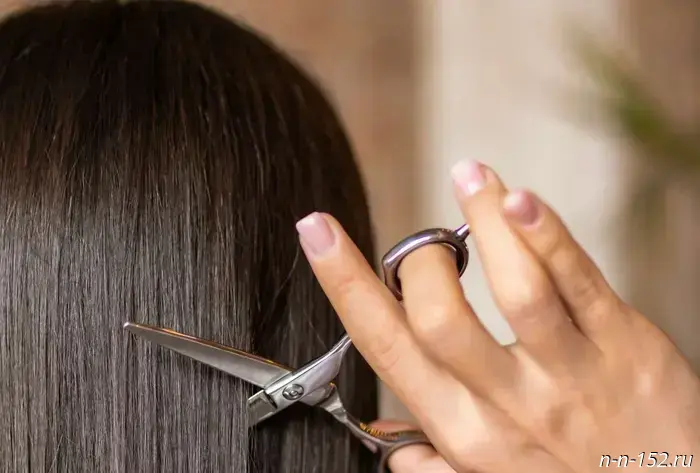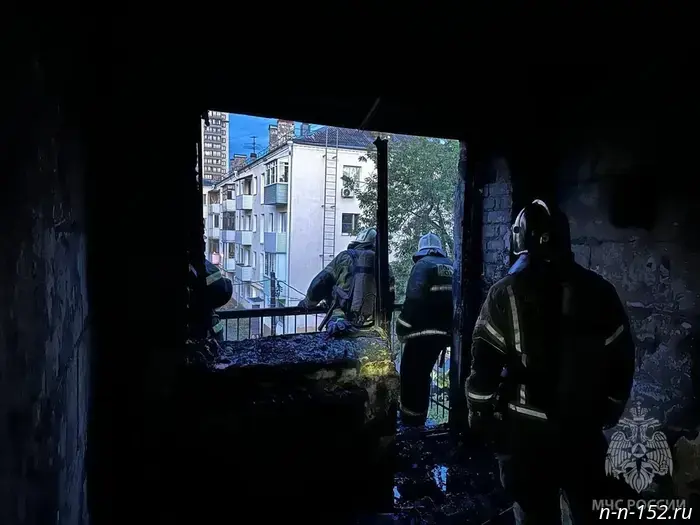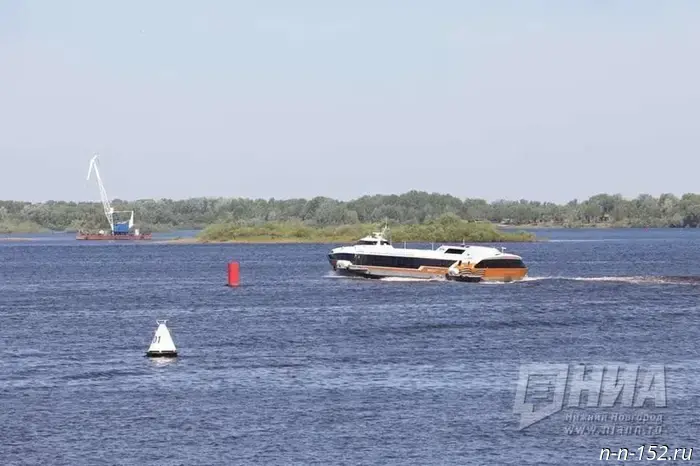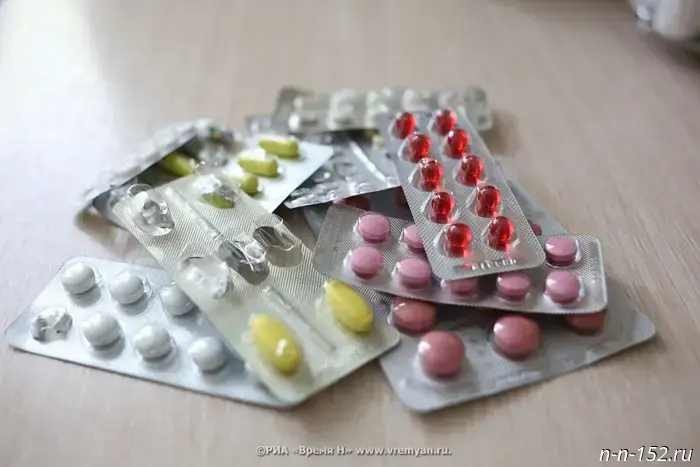
Dermatologist Gallyamova warned about the risks of catching lice in camps and pools.
July 22, 2025, 18:11
[245]
Society Summer is a time of active recreation, but it is also associated with risks, such as outbreaks of pediculosis. This skin and scalp disease is caused by lice and is more common in the summer season. The biased opinion that lice infest only antisocial people is a misconception.
Pediculosis is caused by lice that can live on different parts of the human body. There are three types of lice: head lice, which live in the scalp hair; clothing lice, which live in clothes and underwear; and pubic lice, which affect pubic hair and sometimes eyelashes.
Lice are easily transmitted through close contact, for example, in children’s camps, swimming pools, or when using someone else’s belongings.
"Lice can easily crawl from one person to another because they are quite mobile not only on land but also in water. If a child with pediculosis swims in a shared small pool, they can infect others," said Julia Gallyamova, professor of dermatovenerology at the Russian Medical Academy of Postgraduate Education, and doctor of medical sciences, to the TV channel "360."
Children spread nits when sharing combs, hairpins, headbands, towels, pillows, or bed linens. Adults can acquire parasites through close contact in public transportation, crowded places, or by using someone else’s hats, bedding, or clothing.
The main symptoms of pediculosis include:
- Itching on the head, neck, or in the genital area;
- Feeling of movement in the hair or on the skin;
- Bite marks, especially behind the ears and at the nape of the neck;
- Red spots on the skin;
- Matted hair due to hair sticking together.
Julia Gallyamova notes that it is very difficult to notice the lice themselves; it is easier to see their eggs—nits—which are located about one to two centimeters from the hair root. If you notice something similar, you should consult a parasitologist or dermatologist. A specialist can identify the insects using a device called a Wood’s lamp, a dermatoscope, or even a regular magnifying glass.
To prevent infection, it is important to maintain personal hygiene, use only your own belongings, and avoid contact with infected people—these points should be explained to children before going to camp.
"It is necessary to explain that one should not use someone else’s hairbands, combs, or personal items. Your own accessories should not be shared, and if someone has used them, do not touch them afterward. Children must clearly know that they have their own towel and pillow," Gallyamova explained.
Hospitalization is not required for this disease; treatment is carried out at home while observing all hygiene standards, without visiting kindergartens or schools. The infected person should avoid using a hairdryer to prevent infecting others.
The treatment process can include three main methods, and their combination depends on the severity of the disease: mechanical—combing out lice and nits; physical— boiling and ironing clothes and linens; chemical—using pediculicides, which are sold in the form of lotions, shampoos, soaps, emulsions, concentrates, or aerosols.
However, the use of some traditional remedies is not recommended: Vaseline, vinegar, acetone, or other aggressive agents. Shaving the head does not solve the problem and can actually become a barrier to a child's socialization among peers.
The NIA "Nizhny Novgorod" has a Telegram channel. Subscribe to stay informed about major events, exclusive materials, and up-to-date information.
Copyright © 1999–2025 NIA "Nizhny Novgorod". When reprinting, a hyperlink to NIA "Nizhny Novgorod" is mandatory. This resource may contain 18+ materials.
Другие Новости Нижнего (Н-Н-152)
 At the intersection of two streets in Nizhny Novgorod, the tram tracks have been repaired.
Photo of the government of the Nizhny Novgorod region
Work on the tram track renewal at the intersection of Belinsky and Kulibin streets in Nizhny Novgorod has been completed. 21.07.2025. ProGorodNN.Ru. Nizhny Novgorod Region. Nizhny Novgorod.
At the intersection of two streets in Nizhny Novgorod, the tram tracks have been repaired.
Photo of the government of the Nizhny Novgorod region
Work on the tram track renewal at the intersection of Belinsky and Kulibin streets in Nizhny Novgorod has been completed. 21.07.2025. ProGorodNN.Ru. Nizhny Novgorod Region. Nizhny Novgorod.
 A 35-year-old resident of Nizhny Novgorod was rescued from a burning apartment on Volskaya Street.
Fortunately, there are no casualties or injuries.
A 35-year-old man from Nizhny Novgorod was rescued from a burning apartment on Volskaya Street. July 22, 2025. Komsomolskaya Pravda. Nizhny Novgorod Region. Nizhny Novgorod.
A 35-year-old resident of Nizhny Novgorod was rescued from a burning apartment on Volskaya Street.
Fortunately, there are no casualties or injuries.
A 35-year-old man from Nizhny Novgorod was rescued from a burning apartment on Volskaya Street. July 22, 2025. Komsomolskaya Pravda. Nizhny Novgorod Region. Nizhny Novgorod.
 Tour operators are adjusting routes due to the incident at the Gorodetsky hydraulic structure.
Tour operators are adjusting routes due to the incident at the Gorodetsky hydraulic structure.
 Dmitry Chernishchenko held a meeting on the development of Russian science
Dmitry Chernishchenko held a meeting on the development of Russian science
 Another pharmacy chain will deliver medicines to your home.
Approximately 5,000 medicines are available for order.
The "Kuper" company in Nizhny Novgorod has partnered with the "Vita" pharmacy chain for home medication delivery. 22.07.2025. Nizhny Novgorod Region. Nizhny Novgorod.
Another pharmacy chain will deliver medicines to your home.
Approximately 5,000 medicines are available for order.
The "Kuper" company in Nizhny Novgorod has partnered with the "Vita" pharmacy chain for home medication delivery. 22.07.2025. Nizhny Novgorod Region. Nizhny Novgorod.
 The automated packaging line was launched at the Shakhun dairy plant.
The automated packaging line was launched at the Shakhun dairy plant.
